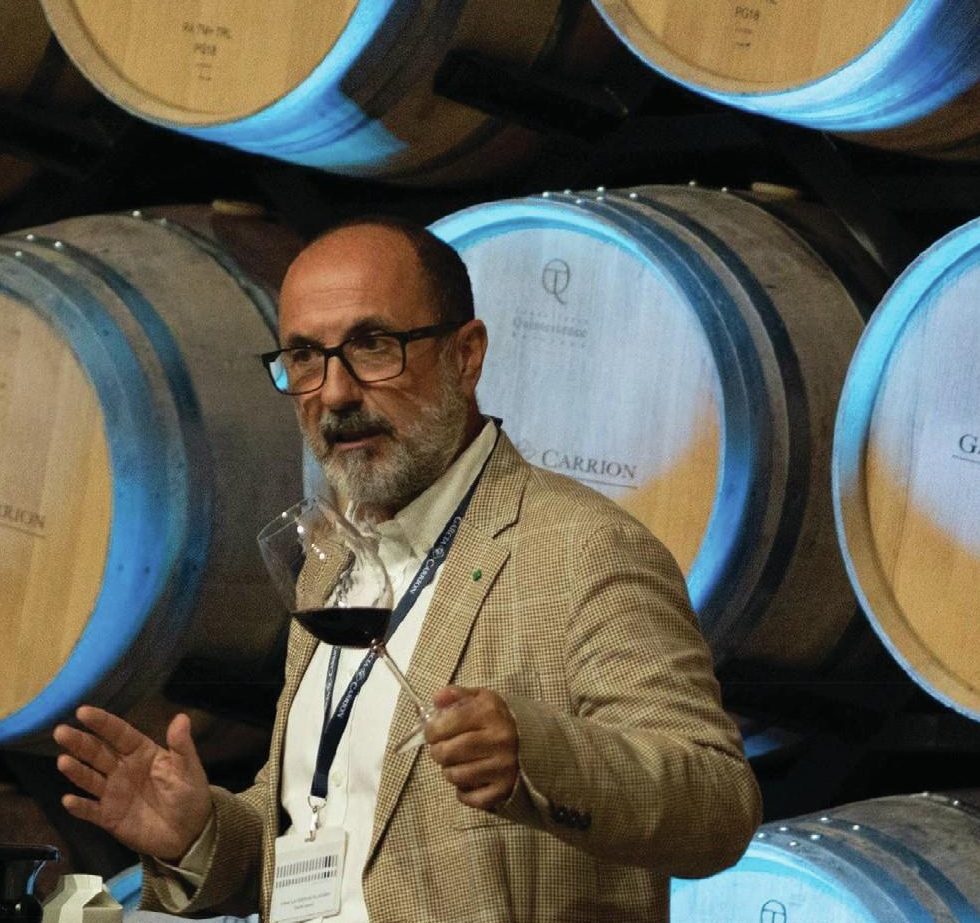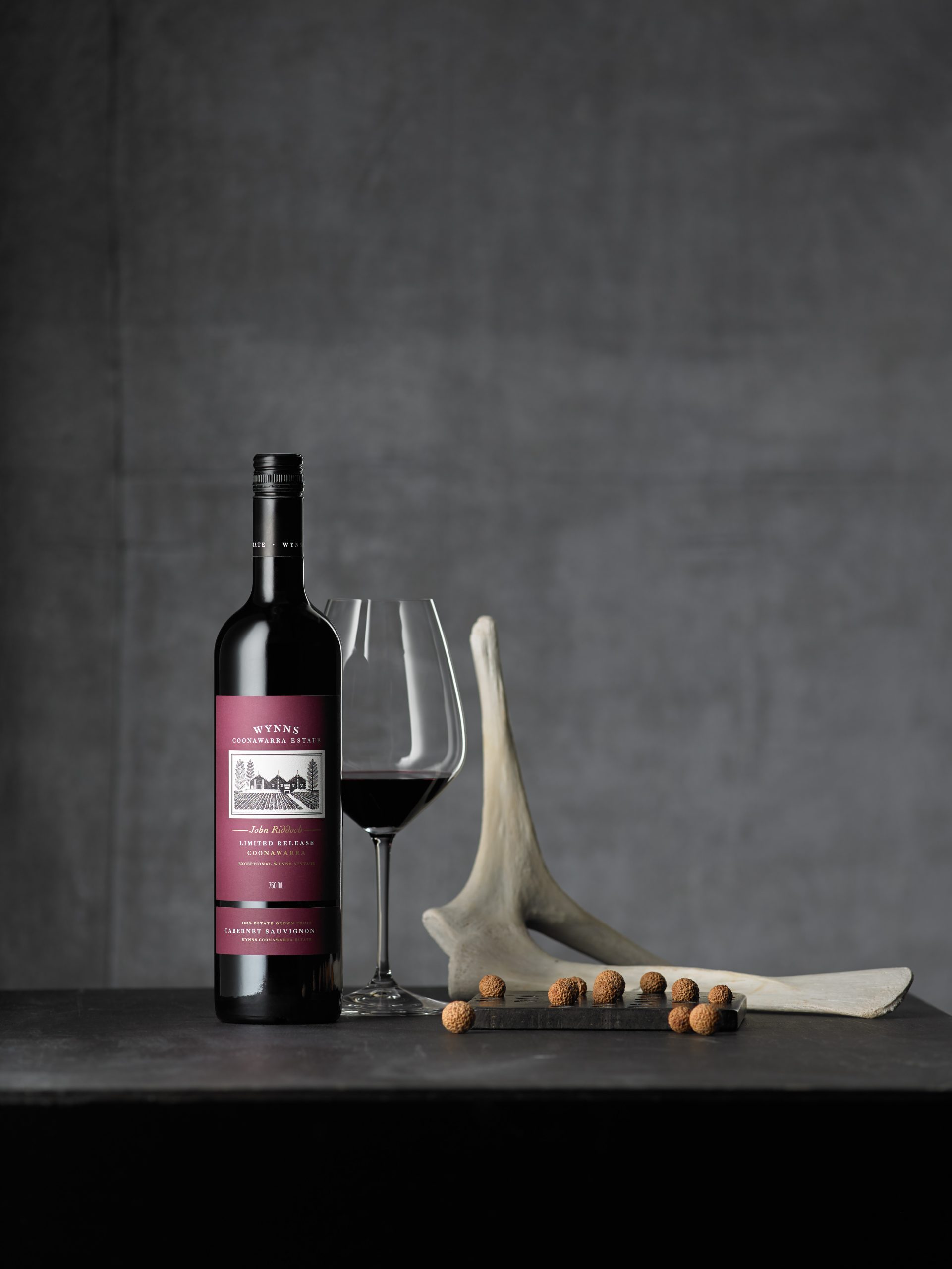Italian sparkling wine sales fizz post-pandemic
All that sparkles in Italy is not Prosecco. Be it made in Asti, Franciacorta, or Trentodoc, there’s no end of difference in Italian sparkling wine, reports Tom Bruce-Gardyne.
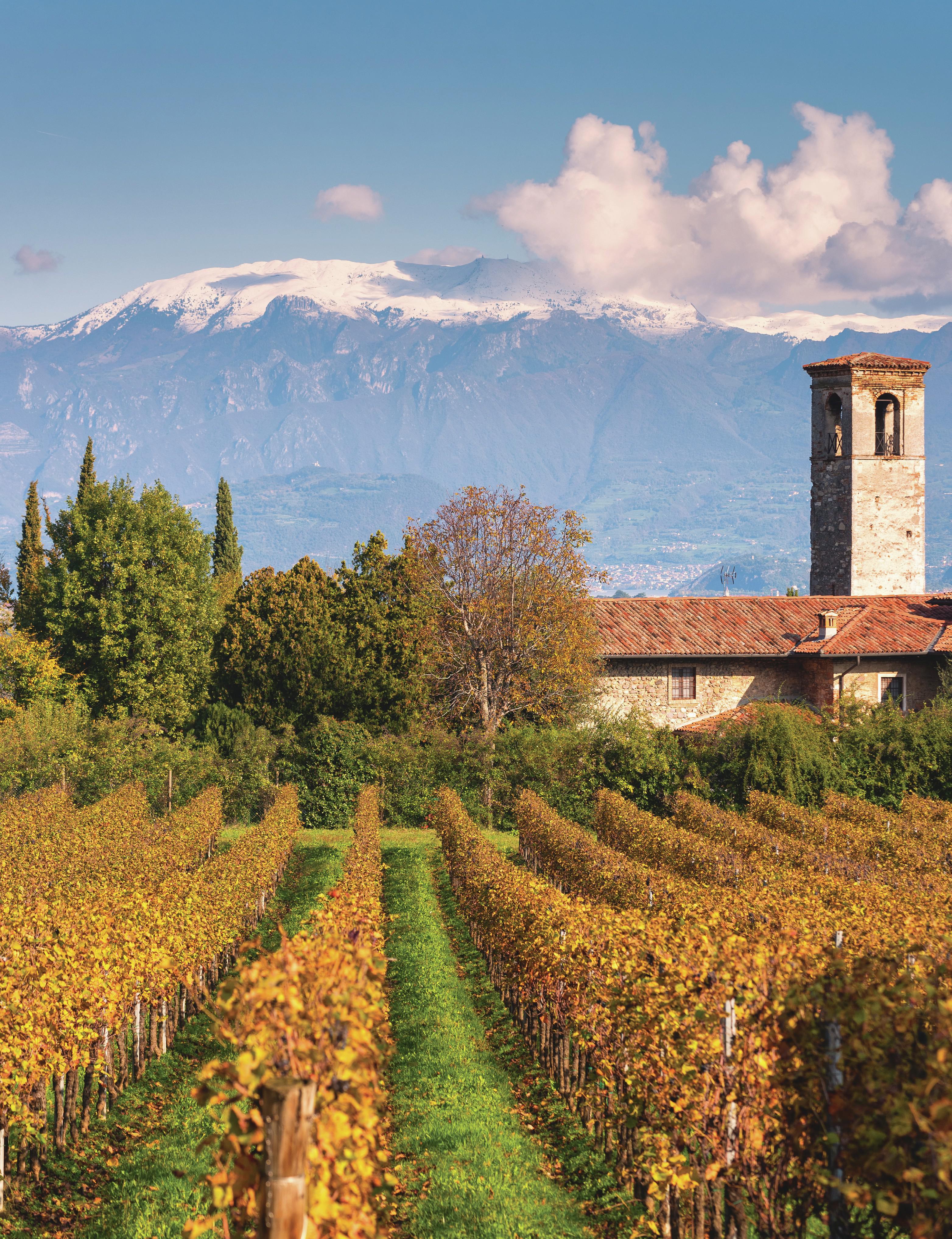
BEFORE A certain Venetian fizz took the world by storm, there was Asti Spumante from Piedmont. Twenty years ago, it was Italy’s leading sparkling wine, with global sales of 150 million bottles, way more than Prosecco at the time. Both wines are made from a local grape – Moscato Bianco in the case of Asti – and both are tankfermented, and not aged in bottle, but there the similarities end.
While Prosecco is almost entirely extra dry or Brut, and weighs in at 11.5% ABV, at least 95% of Asti is exuberantly sweet, with fermentation typically blocked at 7.5% ABV, to leave around 90g/litre of residual sugar.
Asti DOCG, as it has been since 1993 – seventeen years before the original Prosecco DOC earnt its extra ‘G’ – does have a drier side. From the 2017 vintage onwards, producers have been allowed to make Asti Secco, initially as ‘extra dry’, and now extended to Brut and extra-Brut.
While Prosecco is almost entirely extra dry or Brut, at least 95% of Asti is exuberantly sweet, with fermentation typically blocked at 7.5% ABV, to leave around 90g/litre of residual sugar
Giacomo Pondini, director at the Asti DOCG consorzio, prefers to talk of Asti Dry not to ruffle feathers among the Prosecconistas, while the rest he calls Asti Dolce, dropping the word ‘spumante’ that some associate with oldstyle, industrial Asti.
Emerging from the pandemic, Asti DOCG has been bouncing back. Bottles released onto the domestic market were up by 20% from January to March 2022 compared with the first three months of last year, while shipments to the US grew by 25% over the period, claims Pondini.
“And in the UK it has been growing a lot during the past two to three years,” he says. The total production in 2021 was 103 million bottles, of which 43m was the lighter, sweeter Moscato d’Asti, with half the fizz and no more than 5.5% ABV.
SALES GROWTH
Sales of Moscato d’Asti have grown dramatically in the US, to reach 32m bottles in 2021, according to Stefano Ricagno, head of Cuvage, a mid-sized producer owned by the MGM Group. “But the price positioning is a little bit down in the past two or three years, so we’re investing a lot in marketing and distribution,” he says. Pondini points to South Korea and Italy as other key Moscato d’Asti markets, and says he is keen to develop China and other parts of Asia. A three-year promotional campaign for the region was planned before the pandemic, but is still on hold.
Asti DOCG’s biggest export market is Russia, on 12m bottles last year. The Russians have long had a sweet-tooth when it comes to fizz, and there are tales of the Czars enjoying syrupy Champagnes with as much as 200g/litre of sugar. Despite Putin’s invasion of Ukraine, it seems that Asti is still flowing into Russia. This includes leading brands such as Gancia, and those owned by Bacardi, Campari, and Cuvage, according to Ricagno.
Gancia has been part of Roustram Tariko’s Russian Standard Group since 2011, but has managed to escape the threat of sanctions by being a registered Italian company. In Russia, Pondini says: “We are still worried about what is going on there, but the situation is not affecting us as much as we suspected at the beginning.” In the year to March, Russian exports stood at 2m cases compared with 1.5m for the same period in 2021. It is the biggest market for Campari’s Mondoro Asti DOCG, though the firm won’t disclose sales figures, and says that it “has currently reduced its business [in Russia] to the minimum necessary to just be able to support its people employed there”.
Campari’s other Asti DOCG brands are Cinzano, which is big in Germany, and Riccadonna, whose top markets are Chile and Peru. The company lacks a Moscato d’Asti in its portfolio, but has embraced rosè with Riccadonna. Here Moscato is blended with Malvasia and Brachetto to “give a blissful surprise to the palate”, says Matteo Lavezzi, Campari’s global director for sparkling wines.
Bacardi’s Martini & Rossi, which last year celebrated its 150thanniversary, remains the dominant player, with “nearly 50% of the Asti category”, according to the firm’s sparkling wine director, Marco Mazzini. In 2019 Bacardi launched its Martini Asti Ice, billed as “a delightful summer treat” for consumers in the UK.
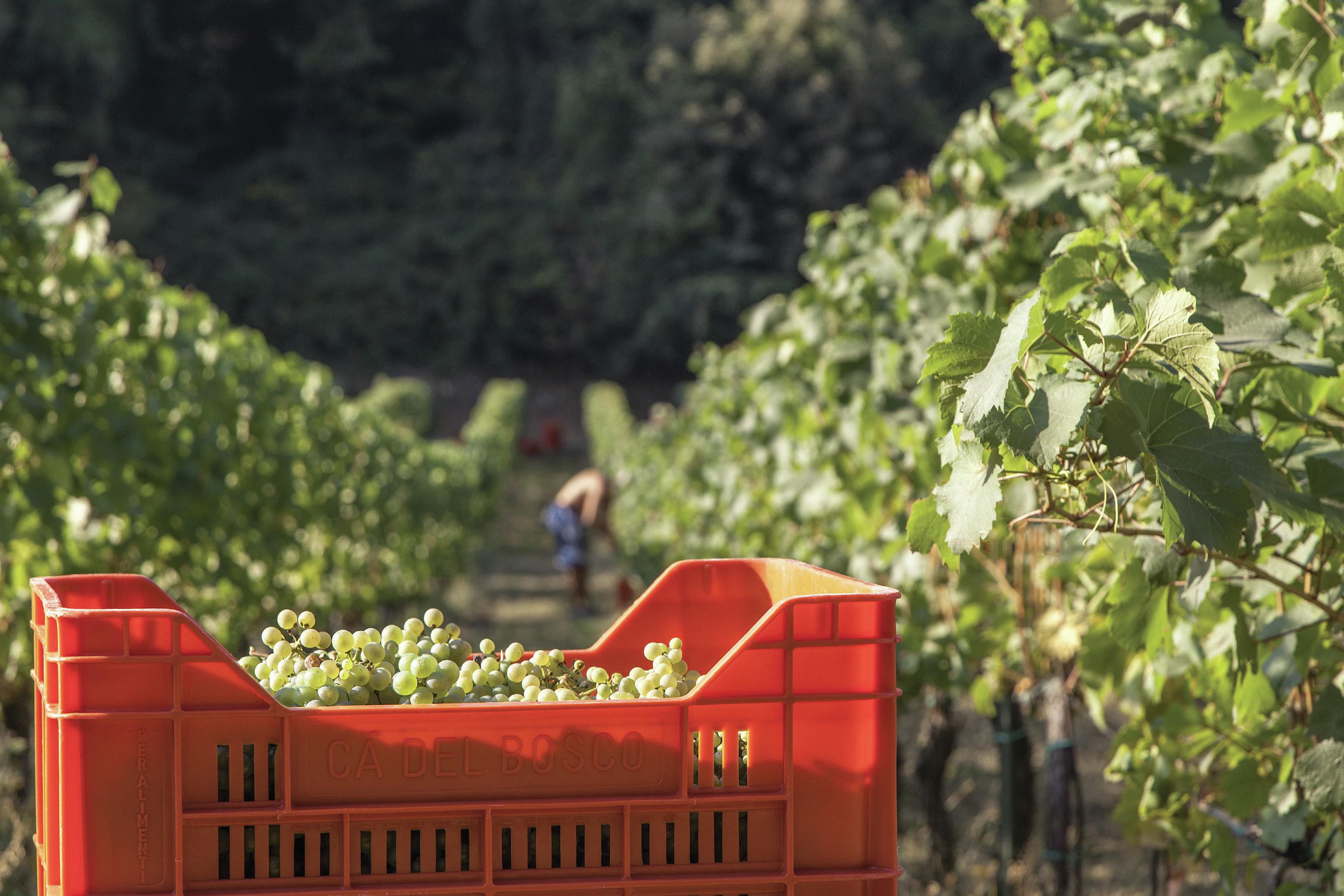
Beyond these power brands and the aromatic froth of Asti, Northern Italy has a raft of prestigious, bottle-fermented Metodo Classico sparkling wines, of which Franciacorta DOCG on the shores of Lombardy’s Lake Iseo is probably the best known. All but 12% of Franciacorta is drunk in Italy, much of it in the on-trade, where volumes slumped in 2020 due to Covid lockdowns. But from 15m bottles that year, global sales smashed through the 20m barrier for the first time in 2021, according to Silvano Brescianini, head of Franciacorta’s consorzio and managing director of Barone Pizzini. Now the issue is one of supply.
Partner Content
“Last year, by the end of September, I had no more bottles of Bellavista to sell,” says Vitaliano Tirrito, export director at Terra Moretti, which owns this leading Franciacorta brand with 105 hectares of vineyards. On joining the firm in 2015, Tirrito’s mission was to broaden exports and appoint agents as far afield as Mongolia and Colombia. But today, the focus is back to key markets such as Switzerland, Japan and the UK, and on increasing value. “In Belgium, Bellavista retails for €30 (£26), just like in Italy, but the export trade price is 20%-25% lower,” he says.
As president of Ca’del Bosco, the biggest Franciacorta producer, with 270 hectares, Maurizio Zanella understands the dilemma. “A brand with a good reputation can easily sell 100% of its production in Italy,” he says. “But I believe a brand is not a brand unless it’s known worldwide.” Twenty per cent of Ca’del Bosco is sold abroad, and Zanella reckons that Franciacorta should aim to increase its exports to 30%-40% in time. However, he accepts that weaning the international ontrade off Prosecco – awine that sells itself often with a high percentage markup – could be challenging.
Zanella sees great potential among Americans who “are in the process of discovering Franciacorta”, he says. The day they do, will make it even harder to assuage those Italian restaurateurs who keep running out of stock in the run-up to Christmas. Recent short vintages have done little to help. Production plummeted 60% in 2017 due to late spring frosts, and was down by 10% in 2019, and by 25% in 2021, which equates to one lost harvest in five years. Dry conditions in the vineyards were causing concern in mid-July, and Zanella was preparing to do a rain dance.

As for enlarging the DOCG area of 2,200ha, Silvano Brescianini shudders at the very idea. “Absolutely not!” he says, and Zanella agrees, claiming the only option would be expanding northwards but for the mountains and the lake in the way. The solution, in his view, is to raise the positioning of Franciacorta in price and prestige, while doing everything possible to keep loyal trade customers happy, and not become arrogant and greedy. “It’s a very difficult situation to manage,” he says.
Franciacorta’s base wine is predominantly Chardonnay, which, being picked somewhat riper than in the likes of Champagne thanks to the warmer climate, reduces the need for added sugar. Ca’ del Bosco, for example, is entirely extra brut or zero dosage.
Lombardy’s other sparkling DOCG is made from Pinot Noir in Oltrepò Pavese, home to Europe’s largest plantings of the grape this side of Burgundy and Champagne. Just 1.5m bottles of Metodo Classico are produced, including Oltrenero from Zonin’s Tenuta il Bosco estate. Its director, Paolo Tealdi, explains that it is very much an on-trade wine, with 90% of sales in Italy, but with growing markets in Germany and Poland.
Back in Piedmont, producers including Fontanafredda, Araldica and Banfi have embraced the Alta Langa DOCG, founded 20 years ago for Metodo Classico wines from Chardonnay and Pinot Noir grown in the hills south of Asti. As of 2019, production was just 670,000 bottles, and thus a long way behind Italy’s other major bottlefermented sparkler from Trentino.
Last year, Trentodoc broke through the 12m bottle barrier, up 19% on its pre-Covid level for 2019, according to the wine’s corsorzio, which put exports at 15% of the total, and growing in Europe and North America. In the UK, Mezzacorona’s Rotari Trentodoc, which retails for around £13-£15 is “doing reasonably well”, says the firm’s UK sales manager, John Lightfoot. As to what sets the region apart, he points to its sub-Alpine climate and wide diurnal range in temperature, which “certainly gives us an advantage in getting slowly-ripened, healthy grapes,” he says, referring to Chardonnay and Pinot Noir.
At Cavit, export director Andrea Nicolini claims the firm’s Altemasi Trentodoc has recovered any on-trade losses from the pandemic, and says there are opportunities “wherever there’s a developed, and discerning sparkling wine market. There is good potential with the independent specialists.
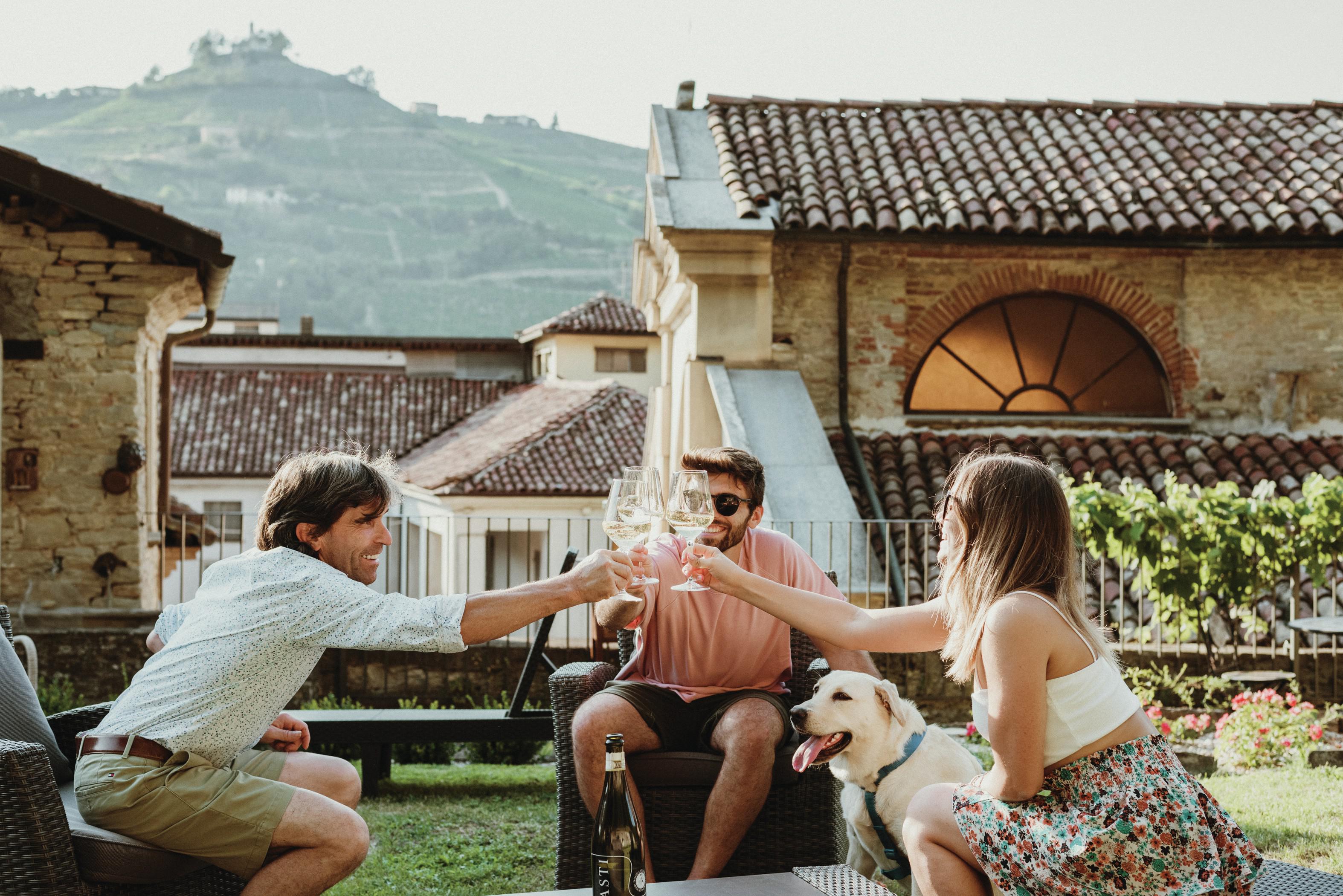
“They’re always looking for something new, and also have the ability to hand-sell to their customers.”
Over half the entire DOC is bottled as Ferrari, whose sales hit a record 6.8m bottles last year, yet its CEO, Matteo Lunelli, insists: “Trentodoc is a niche product, with our vineyards scattered through the mountains.” Some 20% of Ferrari is exported, a figure he would like to grow by reducing allocations in the domestic market. The US is now the brand’s top export market, having overtaken Germany and Japan, and given Ferrari’s sponsorship of Formula One, it will be making a splash at the three American Grands Prix next year. And while Lunelli agrees with Maurizio Zanella’s comment about the global ontrade’s love of Prosecco, he believes it is also a door-opener for Trentodoc. Not that he’s too worried, being the owner of the Prosecco Superiore brand – Bisol.
Trento is less hemmed in than Franciacorta, and thanks to global warming there is scope to delve deeper into the mountains and plant in areas that would have been unthinkable a generation ago. “But you have to accept that these higher-altitude vineyards will have a lower yield, so the cost of production will certainly increase,” says Lunelli. There is also some replanting of vines like Müller Thurgau with Chardonnay to help grow Trentodoc volumes. “In the long term, I think we can reach 20m bottles,” he says, “but it’s going to take years.”
Overall, he feels optimistic about the prospects for all these smaller appellations of Italian fizz that sit beside the country’s vast ocean of Prosecco. “In the past, the high end was a monopoly of Champagne,” he says. “Now consumers are more open to the idea that there are other denominations that can produce excellent, world-class sparkling wines.”
It is an area where Italy has much to offer, with all its different terroirs and grape varieties, if it can only get the message across. As Matteo Lunelli says: “We need to explain to wine lovers worldwide that the beauty of Italian sparkling wine is its diversity.”
Related news
Pioneering producers diversify into other grapes in Argentina
Manufacturers search for the greenest solutions for closures


